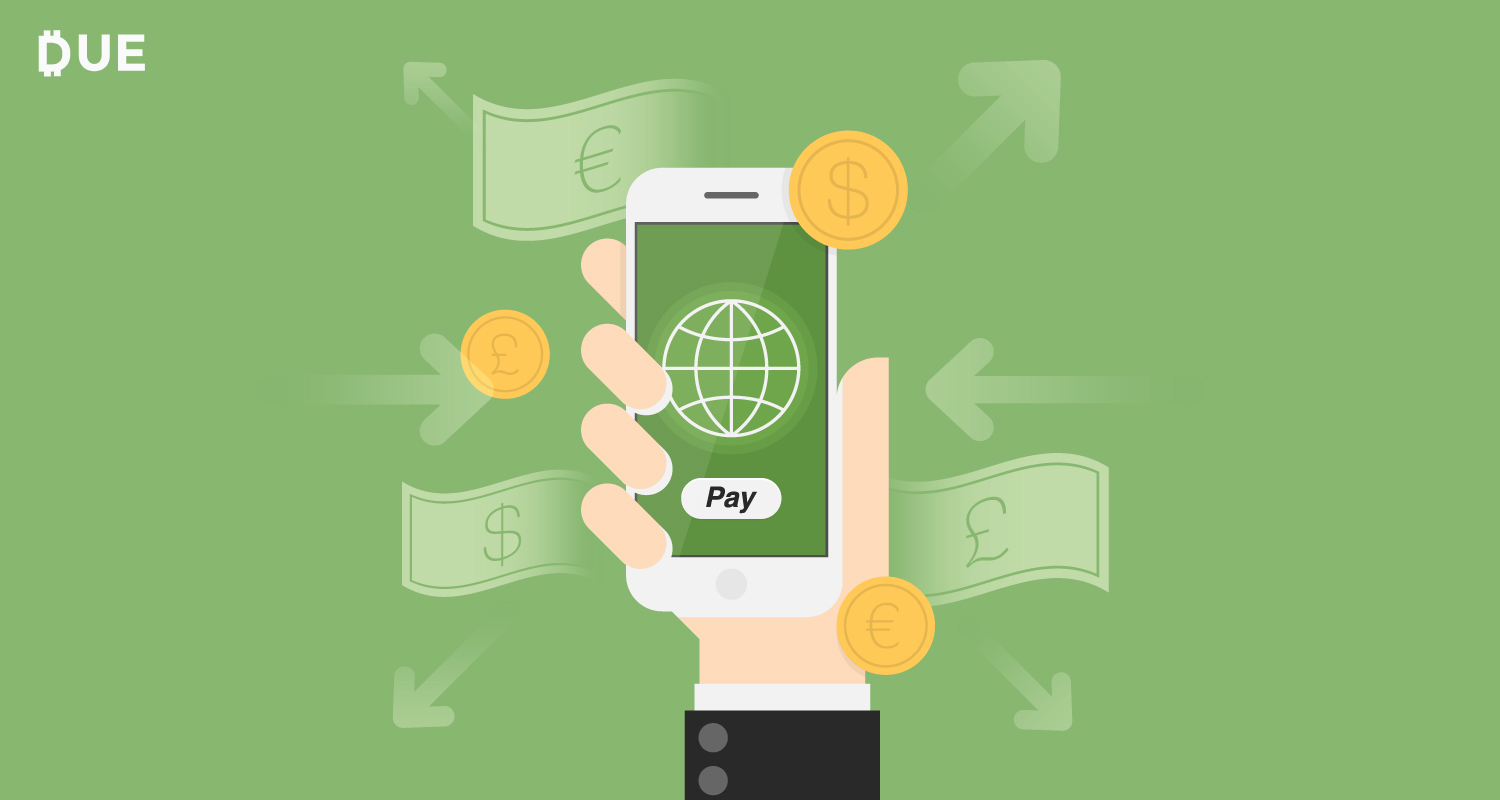How much do you pay in bank fees each year? If you pay regular fees for ATMs, overdrafts, or monthly service charges on a personal checking account, you are doing it wrong! A recent survey found that the average cost to use out-of-network ATMs continued a decade-long trend of increases, but you shouldn’t be paying those fees to begin with. Follow along to learn some tricks of the trade when it comes to avoiding bank fees.
Table of Contents
ToggleDon’t get gouged at the ATM
One of the most common fees across all bank accounts is ATM fees. According to the new study from Bankrate, the average fee charged by users own banks for going to a non-network ATM is $1.66. The average fee charged by the ATM owners rose to $3.20, an increase of 14 years in a row for this survey. When you add those together, that means the typical ATM visit costs $4.68.
I don’t know about you guys, but I’m not a fan of paying money to get access to my money. I signed up for my checking account at Charles Schwab Bank in November 2010. The account charges no ATM fees no matter where you are in the world and automatically reimburses you for ATM fees at other banks. This is just one of a growing number of low and no-fee banking options you have access to today.
When you bank with an old-school brick and mortar bank, ATM fees may just be part of your account. But when you have the right account with the right bank, you don’t ever have to pay to get access to your own money. And who uses cash anyway? These days, paying with plastic is far safer than cash.
Stop paying overdraft fees for good
If you never overdraft, you never have to pay overdraft fees. I had a friend in college who regularly overdrafted her checking account and thought that was just part of using a checking account. NOT TRUE. The current average overdraft fee is $33.23 according to the study. That is more than you should ever pay in bank fees!
Capital One 360 Checking is one account that gives you an option to escape the overdraft charges. Account holders there have four options with how to handle overdrafts. My favorite is to simply turn them off. That way, you never have any overdraft fees and don’t spend more than you have in the bank.
The best way to avoid overdrafts for the long-term is to get a better handle on your banking. When you stick to a budget and keep tabs on your account balance regularly, overdrafts become a thing of the past.
Run from monthly service fees
The best bank accounts today have no monthly service charges and no minimum balance requirements. According to the Bankrate study, the average monthly fee for interest checking accounts is $14.35 while non-interest accounts have an average $5.57 fee. My account has no regular fees and does pay interest. Other popular no-fee banks include Capital One, Ally, Simple, and Chime.
“Free checking” was popular for a long time in the US, but many such accounts have activity or balance requirements to avoid the monthly surcharge. But there are plenty of banks that offer accounts with no fees for regular banking activity. Paying a fee for a wire transfer is reasonable. Paying a fee just to keep cash in a checking account is not.
Some banks require you to go with online only statements to qualify for the fee-free experience. This is a reasonable ask, as sending all of those paper statements out each month isn’t cheap. Going online only is also more secure and better for the environment. So even if you don’t want to sign up for paperless statements to save your bank (and yourself) money, you can do it for your personal information security and to help the planet.
Take charge of your banking
While some fees are common and normal for business banking, you shouldn’t be paying regular fees for your personal checking account. If you are, you’re doing it wrong! It’s time to take charge of your checking account and stop handing your money over for things other banks let you do for free. Changing banks is a bit of a hassle, but a lot easier than most people think. If your bank isn’t the right fit, it’s time to switch things up.
















